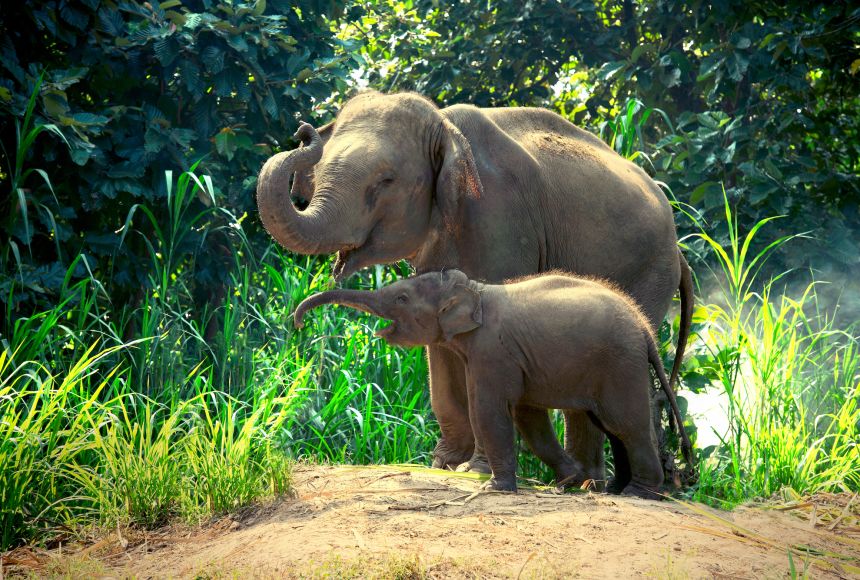Table of Contents
I. Introduction to wildlife conservation
- Definition: Wildlife conservation refers to the management and protection of wild animals and their habitats.
- Importance: It is important for the preservation of biodiversity, the maintenance of ecosystem services, and the support of human well-being.
II. Threats to Wildlife
- Habitat Destruction: refers to the conversion of natural habitats into human-made environments, such as agriculture and urbanization.
- Climate Change: refers to changes in the Earth’s climate system, including changes in temperature, precipitation patterns, and sea level.
- Overexploitation: refers to the overuse of wildlife resources, such as hunting and fishing, that leads to declines in population sizes.
- Invasive Species: refers to non-native species that can displace native species and alter ecosystems.
- Pollution: refers to the introduction of harmful substances into the environment, such as chemicals and plastics.
III. Conservation Strategies
- Protected Areas: refers to areas set aside for conservation, such as national parks and wildlife reserves.
- Restoration: refers to the process of returning degraded habitats to their original state.
- Sustainable Use: refers to the use of wildlife resources in a way that conserves biodiversity and supports human well-being.
- Reintroduction and Translocation: refers to the release of captive-raised or relocated animals into the wild to restore populations.
- Wildlife Management: refers to the active management of wildlife populations, such as hunting regulations and habitat management.
- Education and Awareness: refers to the dissemination of information and the promotion of attitudes that support wildlife conservation.
IV. Challenges in Wildlife Conservation
- Lack of Funding: refers to the shortage of financial resources for conservation initiatives.
- Conflicts with Human Activities: refers to the conflicts between conservation initiatives and human activities, such as agriculture and urbanization.
- Lack of Political Will: refers to the lack of political commitment to conservation initiatives.
- Limited Scientific Understanding: refers to the limitations in our scientific understanding of wildlife populations and ecosystems.
- Illegal Wildlife Trade: refers to the illegal trade in wildlife and wildlife products, such as ivory and exotic pets.
V. Conclusion
- Wildlife conservation is essential for the preservation of biodiversity, the maintenance of ecosystem services, and the support of human well-being.
- Threats to wildlife include habitat destruction, climate change, overexploitation, invasive species, and pollution.
- Conservation strategies include protected areas, restoration, sustainable use, reintroduction and translocation, wildlife management, and education and awareness.
- Challenges in wildlife conservation include lack of funding, conflicts with human activities, lack of political will, limited scientific understanding, and illegal wildlife trade.
